Introduction to Sets
Sets in mathematics are simply collections of distinct objects that form a group. In this step-by-step guide, you will learn more about the definition of sets.

A step-by-step guide to sets
In mathematics, a set is a well-defined set of objects. Sets are named and displayed in capital letters. In set theory, the elements that make up a set can be anything: people, alphabets, numbers, shapes, variables, etc.
Elements of a set
The items in a set are called elements or members of a set. The elements of an array are enclosed in curly braces, separated by commas. To indicate that an element is in a set, the symbol ‘\(∈\)’ is used. If an element is not a member of a set, it is indicated by the symbol ‘\(∉\)’.
Representation of sets
Different set symbols are used to represent collections. They differ in how the elements are indexed. The three collection symbols used to represent collections are:
Semantic form:
A semantic symbol describes an expression to indicate what the elements of a set are. For example, set \(B\) is a list of five prime numbers.
Roster form:
The most common form used to represent sets is roster notation, where the elements of the sets are enclosed in curly brackets separated by commas. For example, Set \(B=\){\(2,4,6,8,10\)}, which is the collection of the first five even numbers. If there is an endless list of elements in a set, then they are defined using a series of dots at the end of the last element.
Set builder form:
A set builder symbol has a special rule or expression that specifically describes the common property of all elements of a set. The set builder form uses a vertical bar in its display with text that describes the character of the collection elements.
For example, \(A=\) { \(k | k\) is an odd number, \(k≤ 10\)}. The statement says, all the elements of set \(A\) are odd numbers that are less than or equal to \(10\). Sometimes a “\(:\)” is used in place of the “\(|\)”.
Types of sets
A set has many types, such as;
- Empty set or null set: It has no element present in it.
- Finite set: It has a limited number of elements.
- Infinite set: It has an infinite number of elements.
- Equal set: Two sets that have the same members.
- Subsets: A set ‘\(A\)’ is called to be a subset of \(B\) if each element of \(A\) is also an element of \(B\).
- Universal set: A set that consists of all elements of other sets present in a Venn diagram.
Sets formulas
Sets are used in algebra, statistics, and probability. There are some important set formulas are listed below. For both overlapping sets \(A\) and \(B\),
- \(\color{blue}{n\left(A\:U\:B\right)=\:n\left(A\right)\:+\:n\left(B\right)-\:n\left(A\:∩\:B\right)}\)
- \(\color{blue}{n\:\left(A\:∩\:B\right)=n\left(A\right)+n\left(B\right)-n\left(A\:U\:B\right)}\)
- \(\color{blue}{n\left(A\right)=n\left(A\:U\:B\right)+n\left(A\:∩\:B\right)-\:n\left(B\right)}\)
- \(\color{blue}{n\left(B\right)=\:n\left(A\:U\:B\right)+n\left(A\:∩\:B\right)-\:n\left(A\right)}\)
- \(\color{blue}{n\left(A\:-\:B\right)=n\left(A\:U\:B\right)-n\left(B\right)}\)
- \(\color{blue}{n\left(A\:-\:B\right)=\:n\left(A\right)-\:n\left(A\:∩\:B\right)}\)
For any two sets \(A\) and \(B\) that are disjoint,
- \(\color{blue}{n\left(A\:U\:B\right)=n\left(A\right)+\:n\left(B\right)}\)
- \(\color{blue}{A ∩ B = ∅}\)
- \(\color{blue}{n\left(A\:-\:B\right)=n\left(A\right)}\)
Sets – Example 1:
If set \(A=\) {\(a,b,c\)} and set \(B=\) {\(a,b,c,l,z,r\)}, find \(A ∩ B\).
Solution:
\(A∩B=\) {\(a,b,c\)}
Related to This Article
More math articles
- FREE 4th Grade MAP Math Practice Test
- FTCE General Knowledge Math Formulas
- Integrals: Everything You Need To Know
- Top 10 Tips to Create the CLEP College Algebra Study Plan
- 5th Grade PARCC Math Practice Test Questions
- How to Understand Dot Product and Cross-Product
- Top 10 Free Websites for ASVAB Math Preparation
- How to Find the End Behavior of Rational Functions?
- Descending into Numbers: A Deep Dive into the Floor Value
- How to Evaluate Trigonometric Function? (+FREE Worksheet!)
















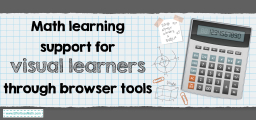
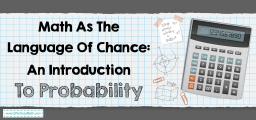
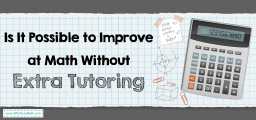
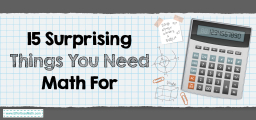
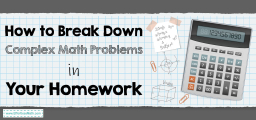
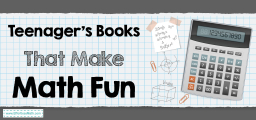
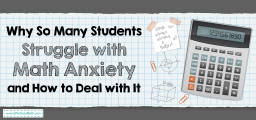
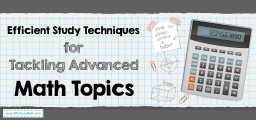
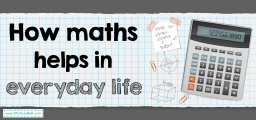
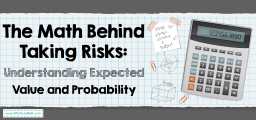
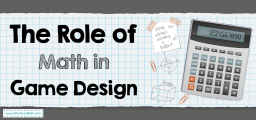
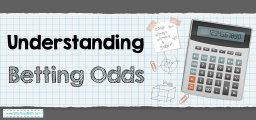

What people say about "Introduction to Sets - Effortless Math: We Help Students Learn to LOVE Mathematics"?
No one replied yet.